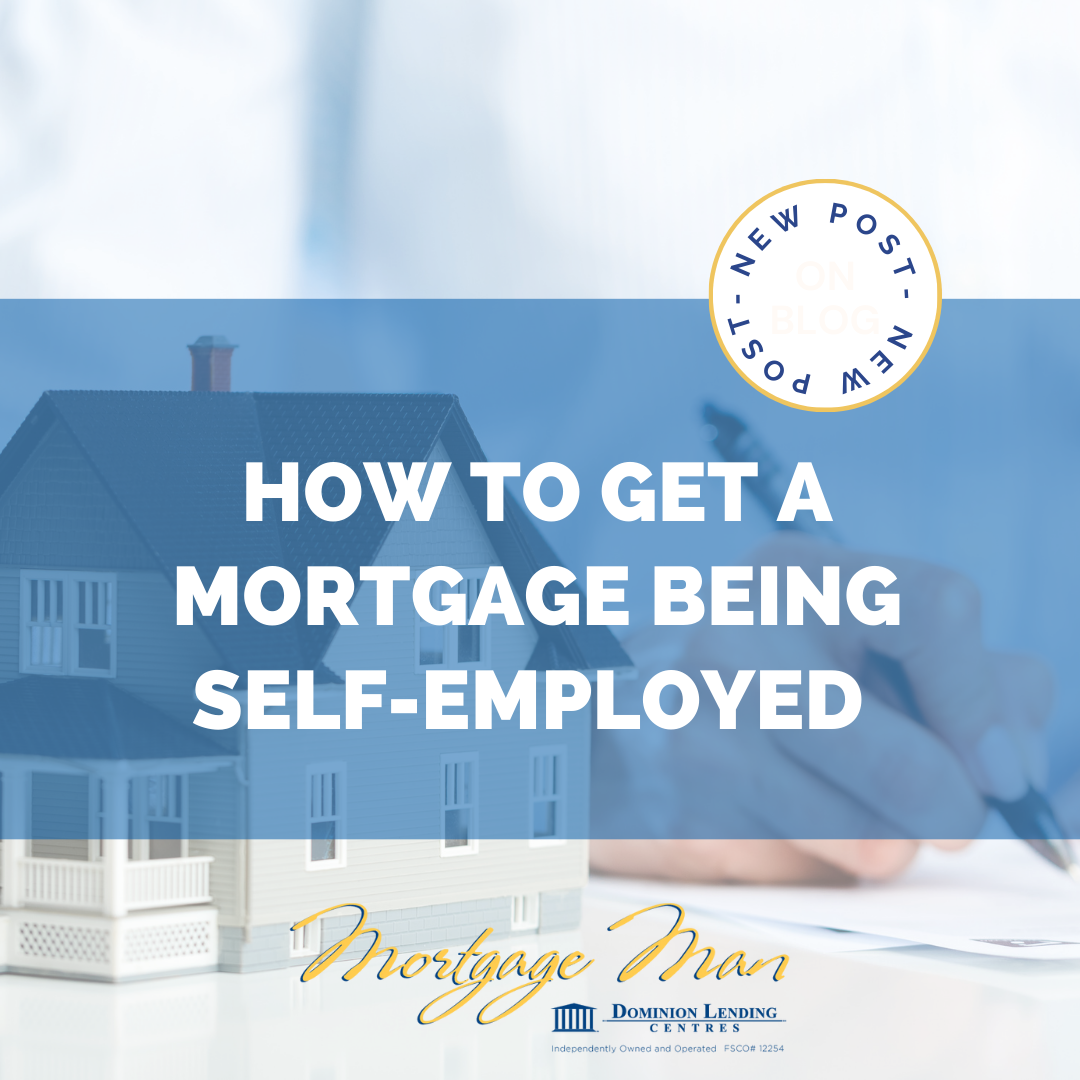
The first-time homebuyer incentive program is a shared-equity mortgage with the Canadian government that helps qualified first-time buyers reduce their monthly mortgage payments to better afford a home!
The Incentive: This program allows you to obtain an incentive from the government to assist with your down payment, thereby lowering your overall mortgage amount and, in turn, your monthly mortgage costs.
- 5% or 10% for a first-time buyer’s purchase of a newly constructed home
- 5% for a first-time buyer’s purchase of a resale (existing) home
- 5% for a first-time buyer’s purchase of a new or resale mobile/manufactured home
Qualifying for the Incentive: This program is designed to assist first-time homebuyers, therefore you must:
- Have never purchased a home before
- Have not occupied a home that you, your current spouse or common-law partner owned in the last 4 years
- Have recently experienced a breakdown of marriage or common-law partnership
If you meet the above criteria, further qualifications are based on your income and status as follows:
- Your total qualifying income is no more than $120,000 ($150,000 for homes in Toronto, Vancouver, or Victoria)
- Your total borrowing is less than four times your qualifying income (four and a half times your income if you’re purchasing in Toronto, Vancouver or Victoria)
- You are a Canadian citizen, permanent resident or non-permanent resident authorized to work in Canada
- You meet the minimum down payment requirements
Additional Costs: With the incentive, there are a few additional costs to be aware of such as additional legal fees (your lawyer is closing two mortgages, the one on your behalf and that on the Government’s behalf), appraisal fees to determine the repayment value of your home when it comes due, plus other potential fees such as refinancing or switching costs if you decide to move or update your mortgage.
Repayment Process: When it comes to repayment of the incentive, the homebuyer is required to pay back after 25 years or when the property is sold, whichever comes first. They are also able to repay anytime prior to this without penalty. The repayment is based on fair market value at the time of repayment and you would pay back what you received. For instance, if you received a 5% incentive, you would repay 5% of the current home value at the time of repayment.
Keep in mind, if you choose to port your mortgage or go through a separation during the term and want to buy out your co-borrower, you will have to repay the incentive sooner.
Contact Mortgage Man DLC today to get started on your homebuying journey!
Source: https://dominionlending.ca/mortgage-tips/what-is-the-first-time-homebuyer-incentive?fbclid=IwAR1-wHGlWBpUReSgbYnzWjFBhKr8g6AEvd9XdP6qg2OKlAWpe-dzblhrtpo

